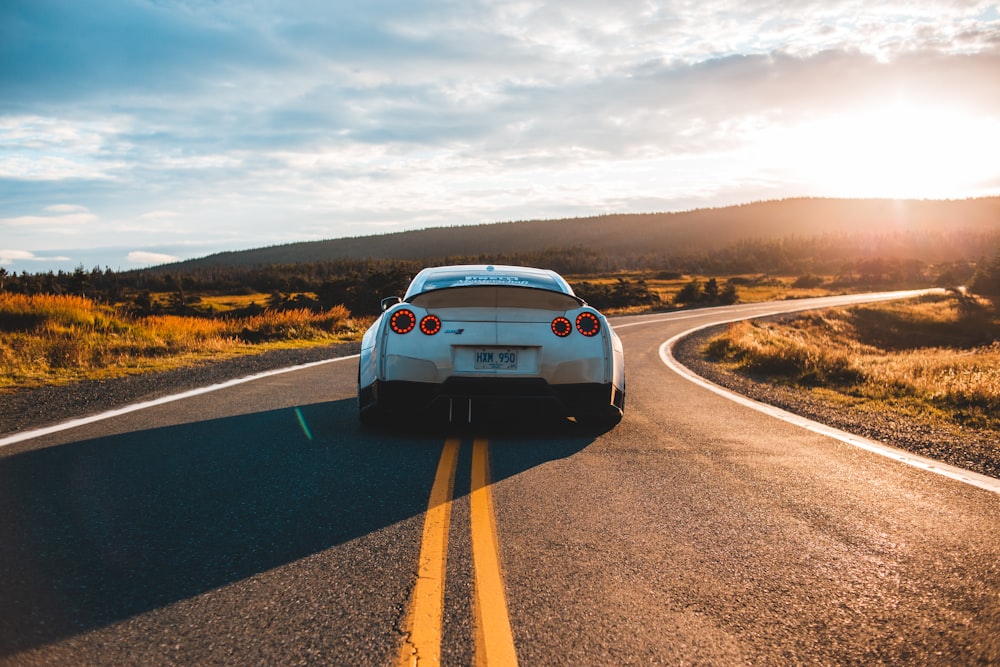
When car shopping, you're face the financial decision of buying or leasing. Buying is the more straightforward option, you exchange money to own a vehicle, simple enough. If the car is cheap, you can buy it outright. If it's pricer, you can finance it with an auto loan. In either case, the transaction is fairly clean and you end up being the proud owner.
Leasing is a bit more complicated. When you lease, you're essentially renting a car for a fixed period of time. Leases typically last 2-4 years and during the period, you pay for the amount the car depreciates (plus interest). Since you're only paying for the amount you use, the monthly payments tend to be much cheaper than it would be for an auto loan. The lower monthly payments is enticing but there's a catch.
When a lease is over, you don't own anything. You're simply given the option to buy or return the car to lease another, restarting the process. Leasing is cheaper in the short term but will end up costing a lot more over time. With auto loans, the monthly payments eventually end, lease payments go on forever if you keep on leasing.
Leases are especially costly for people who drives a lot and are poor with maintenance, as you're on the hook for extra mileage and any damage at the end of the lease.
Leasing makes sense if you always want to drive a new car. Not the most financially smart decision but everyone has their preference (some people love to flex). The smartest financial decision when it comes to cars (aside from not having one) is to buy a reliable used one and drive it to the ground. This would be the most cost-effective option over the long term.
I've written a lot about the benefits of renting when it comes to housing, but when it comes to cars, buy away.

Comments
Post a Comment